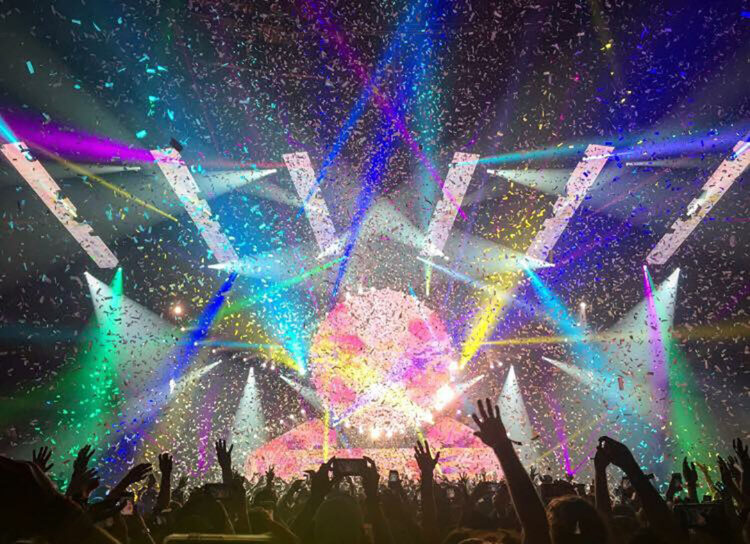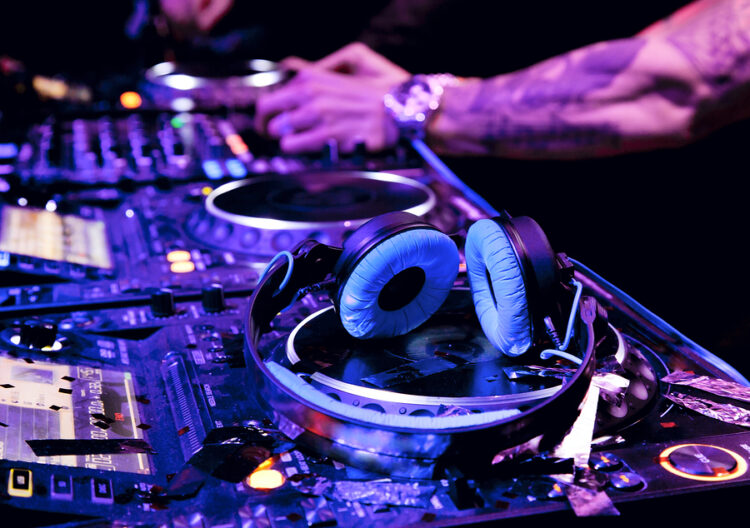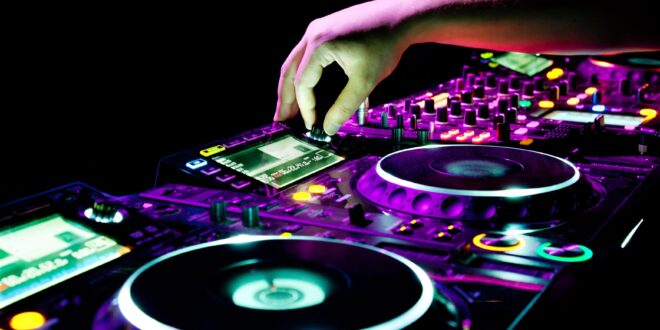Since the start of humanity, there was a need to make music and dancing to it. Even early humans have had their dance moves and were not shy to show them to the crowd. As the human race developed, so did our instruments and the way we make music; also, the way we react to it changed over the decades. During the past 50 years, there has been significant progress in technology development, and this lead to the considerable growth of the music industry, among others.
Nowadays, it is virtually impossible to imagine any party without electronic dance music. People love to dance and brake new dance moves, and this type of music enabled them to do so, from famous disco moves, headbanging, and other signature moves. It is believed that more than 2 billion people listen to this music daily, and more than 70% of all residents of our planet have had heard at least one electronic dance music song.

The early start of the Electronic Dance music was in the late 60s’ and it indeed from every start it was meant for dancing. We all remember popular Disco hits such as Hot Stuff from the 70s’ and how this changed the music industry. Once launched, there was no turning back, with every year EDM increased in the number of performers and subcategories.
Essentially EDM supposed to be one genre, but it turned out to be much more than that. It gave fertile ground for the development of more than ten different styles, each more popular than the other. Yes, during the 80s, this type of music had a negative connotation and was not approved by the authorities, especially in the USA. But, knowing how people react to prohibition, the whole stigma, and forbidden raves and music played on these events has only increased the desire of people to attend. It also increased enormously the popularity and variety of electronic dance music itself. Ibiza became a sanctuary and remained such for electronic dance music fans and parties.
This region in Spain is well known for its festivals but not may know it was crucial in the development of different genres of dance music. Famous producers during the late 80s’ came up to this island and fused music, which most people thought it could not be mixed. That resulted in a new wave of EDM and its popularization in Europe. Big music festivals in both Europe and the USA have helped this type of music to skyrocket and assume the high third place in the most famous genres. It is impossible to imagine the future of these events without electronic dance music.
Why is it popular, though?
There is probably no human alive that hasn’t heard at least one song that belongs to electronic dance music. It has found its way to our homes and our ears. It is probably the most recognizable way of performing music by famous artists. Starting from globally known hits which reach the top of all playlists to less known local artist, more and more songs include elements of dance music in their production and entertainment. This type of music is very recognizable, and in the music sense, very simple. It is mostly composed of repetitive beats and accords, which are not only catchy but also rememberable.
Nowadays, in the sea of artists, it is hard to be unique since we all live fast and want to have easy to swallow music. EDM enables performers to create identifiable content but, at the same time, kind of familiar to the audience. Just remember how many times you have had an earworm with a song you have heard on the radio. The tempo, beat, melody have a tendency to be remembered, and this is one of the reasons for the vast popularity of this music. Admit it; even if this is not your music preference, there is something in it that makes your body respond and want to move and dance.
As mentioned, producers are very familiar with this type of music and do use elements of different subcategories of electronic dance music in making original pieces. Most famous producers of our time use different gadgets to achieve desired effects; mostly, they use different MIDI controllers to make the recognizable beats, synthesizers, and samplers.

The most popular type of production is the so-called ghost production, which enables young producers to do the job they love while staying anonymous. There is something in anonymity; it allows the artist to freely create unique content and let other producers pick and choose samples they will use later one ether in whole or parts of it. The expansion of the internet has increased the number of people who engage in ghost production. Site www.edmwarriors.com is an excellent example of how multiple young and aspiring artists can present their work, and other producers can pick and choose from one of the biggest databases that exist.
Believe it or not, most of your favorite songs may have come from here. Cooperation between the artist does exist, and this is the most fantastic part of this ever-growing industry. They are all there to make good music, and this is what counts. Not only big producers use samples, but there are also so-called bedroom producers, people making music in the privacy of their own home. Maybe they will play their demo in a local club, or a festival, perhaps, like some will rise from the anonymity and make a career out of love towards music.
It is truly impossible to imagine our life without music; electronic dance music is always playing in the background. In a coffee shop where you take your first-morning coffee; from that kid’s headphones while he passes you by while you walk to work; in an elevator, while you are going towards your office; in the supermarket where you buy your groceries and in every commercial on TV. Where ever you look, you will hear this music, and it’s okay if you feel the need to dance. That is what this music is for. Just relax and dance the night away.
 Hi Boox Popular Magazine 2024
Hi Boox Popular Magazine 2024



